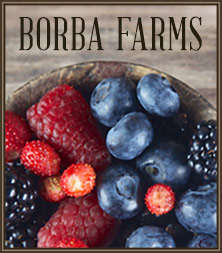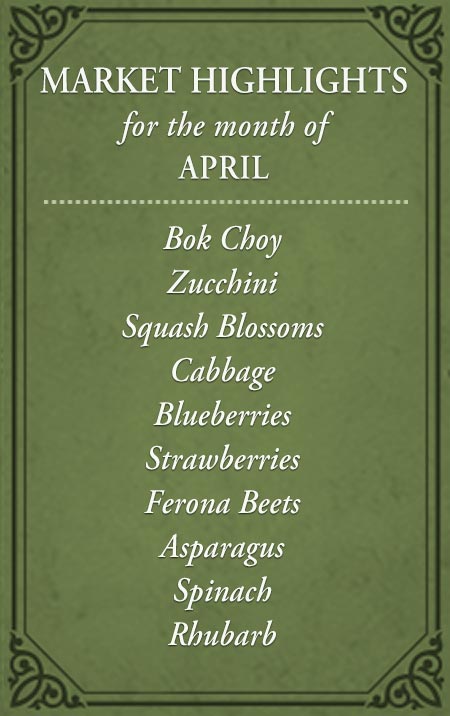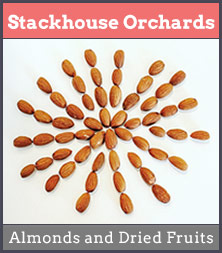This is a very simple recipe that delivers much more flavor than the ingredients would seem to warrant. This dish works for anytime, but is easy to turn into an elegant meal fit for entertaining. You can use tangy marinade/sauce works for any cut of pork — just adjust times according to the cut. See Notes for ideas to make this dish even easier. Using pastured pork with this recipe yields such great flavor it is like magic.
INGREDIENTS:
1 pork tenderloin, cleaned of silverskin and cut into 1 1/2 inch pieces*
1/2 cup maple syrup
1/2 cup balsamic vinegar
1 clove garlic, peeled and halved lengthwise
1 tablespoon fresh rosemary needles, bruised
Salt and pepper to taste
Water as needed
Grapeseed oil as needed
1-2 tablespoons butter, optional
METHOD:
Rub a non-reactive bowl large enough to hold the pork with a little headspace vigorously with the peeled garlic clove. You want to see streaks of garlic oil in the bowl. Leave the garlic in the bowl.
Add a little salt to the bowl, and grind in some fresh pepper. Add the vinegar and then the syrup. Whisk together and taste. There should be a balance where you just taste both ingredients with neither dominating. Adjust with small amounts of vinegar or syrup to achieve this. When this equilibrium of flavor is reached, add a cup of water, then whisk in the rosemary needles.
Place the pork into the marinade. If the marinade does not cover the pork, arrange the pieces so it does, or add a little water to the bowl until the pork is just covered. Cover and place in the refrigerator until needed.
Allow meat to marinate for a couple of hours up to overnight. When ready to cook, remove the pork from the marinade and drain it on paper towels. Allow meat to come to room temperature.
Strain the marinade and put it into a tallish pan. Bring to a boil and remove the scum that forms. Continue skimming to remove any particulates floating in the sauce. A simple way to do this is to pour the sauce through a small cloth-lined strainer into a bowl, and then return the clear sauce to the cleaned pan. When the marinade is clear, reduce the sauce to a consistency similar to maple syrup. Keep warm.
Preheat oven to 425°F.
Heat a non-stick or well-seasoned pan over medium heat. Lightly film the pan with oil. Salt and pepper the meat and place cut sides onto the surface. Carefully sear each side and remove to foil-lined baking dish. When all the pork is in the baking dish, place in the oven. (If you have an oven safe sauté pan large enough to hold all the meat, simply transfer the pan to the oven following the recipe.) Cook pork until just done, approximately 8 minutes (as much as 12). This is one of those things you’ll have to learn as you go. You can use a ready-read thermometer and cook to 140°F.
Remove from the oven when done and allow to rest for 5 minutes. Pour any juices from the pork into the sauce. Get the sauce hot on the stove. If you wish to make a very smooth sauce that is richer and easier to pair with wine, add the butter, a tablespoon at a time, and swirl it into the sauce off the heat so emulsifies. Taste — the 1 tablespoon of butter may achieve what you are looking for.
Drizzle over the pork and serve hot.
Chef’s Notes:
*This recipe works with 4 boneless or bone-in chops around 3/4-inch thick, or 8 or more thinly cut (around 1/4-inch) chops. You can marinate a loin roast, but up the syrup and vinegar by ¼ cup and use more water. On occasion, I have been in a hurry the night before or in the morning, so I have simply smacked the whole tenderloin to flatten it out a bit and break it down a little, and then marinated the whole cut. Later, while I heated the grill, I made the sauce and then grilled the tenderloin whole, slicing it thinly and saucing it. You could also just place the whole tenderloin in the preheated oven while making the sauce. This takes about 20-25 minutes to roast.
A little Dijon mustard is a nice addition to this sauce. Simply whisk in 1-2 tablespoons of mustard just before serving. Start with a small amount and taste before each addition so you get the balance just right.
Sage leaves work instead of rosemary, and if you have access to fresh, fragrant pine tips, you might try those with some rosemary.
YIELD: 4 or more servings


























